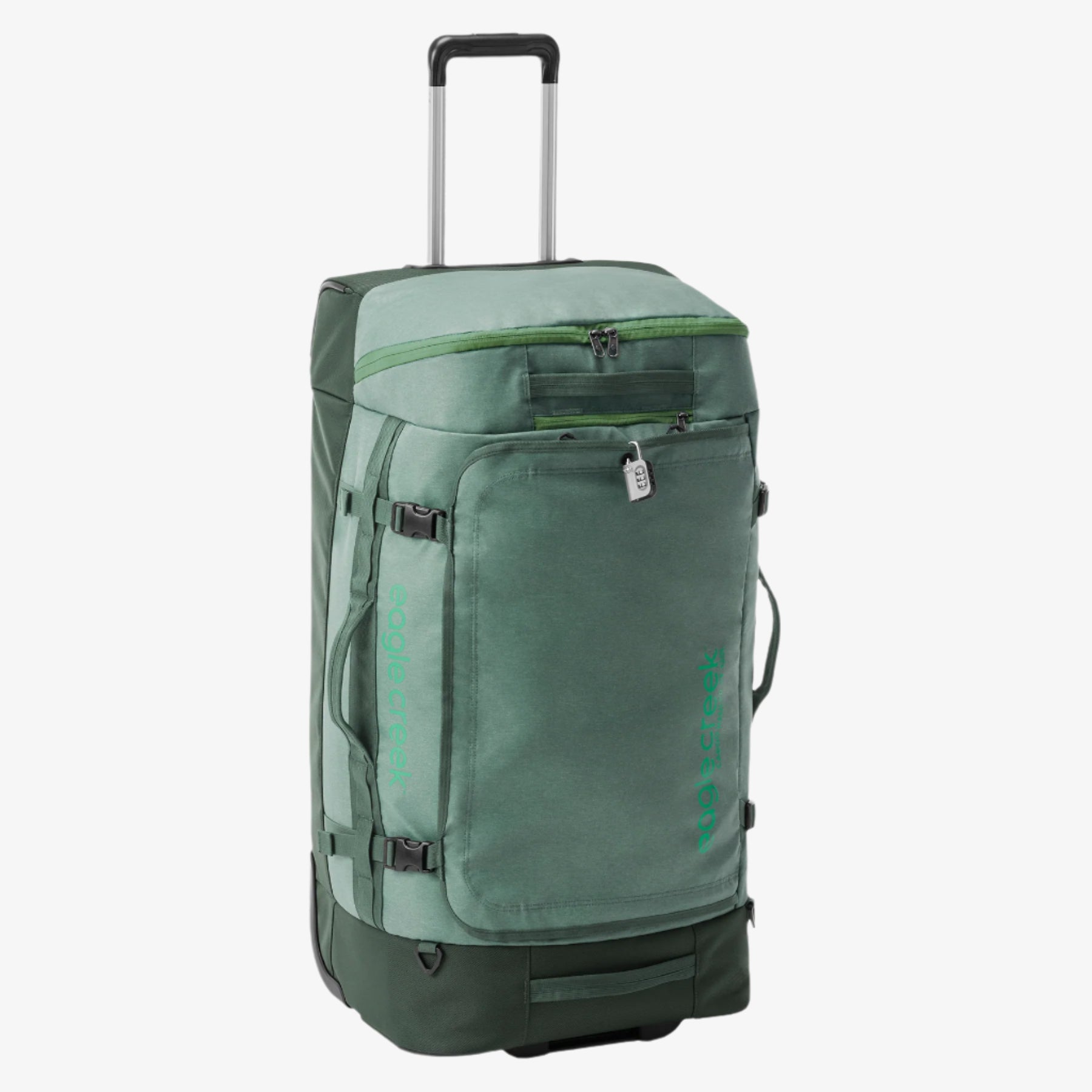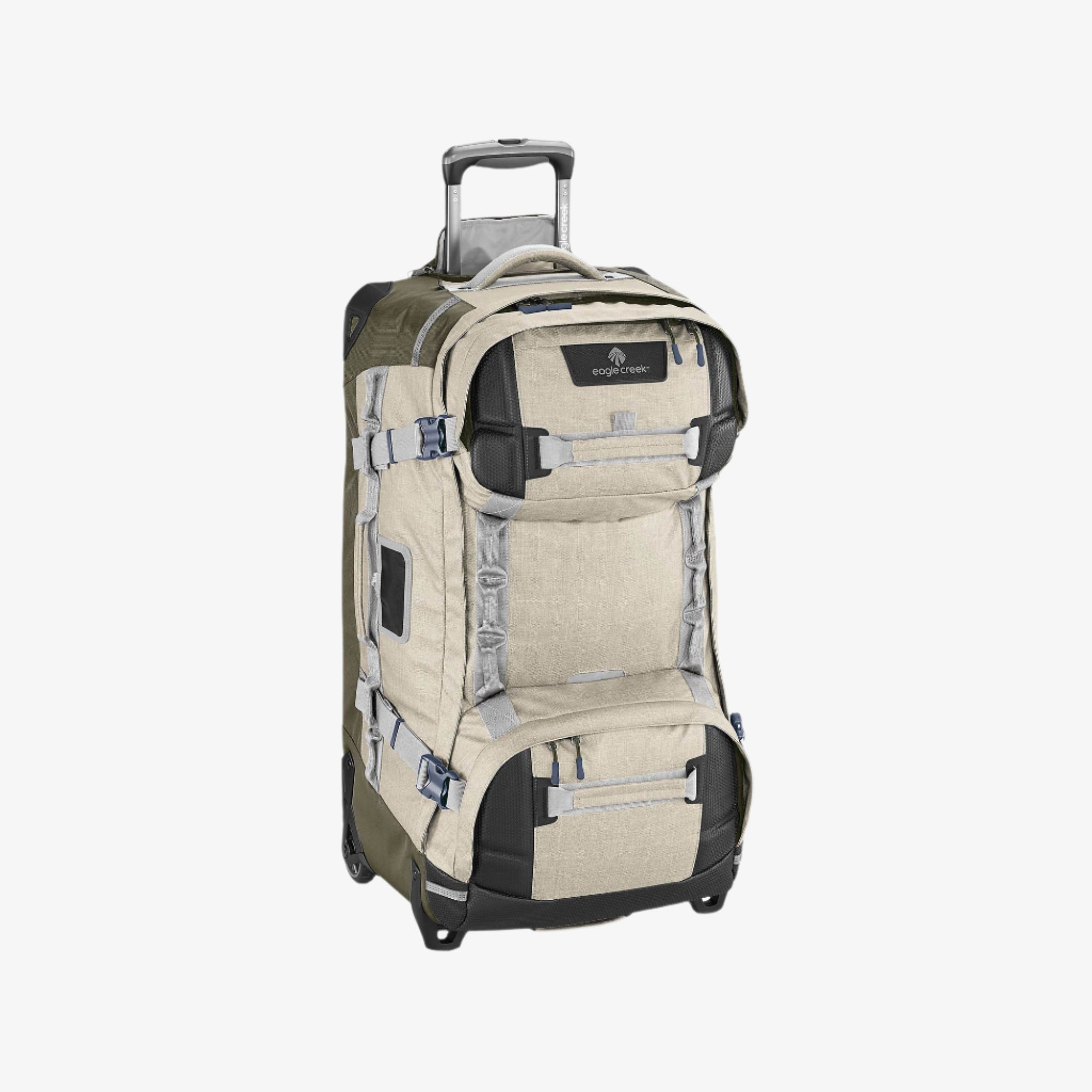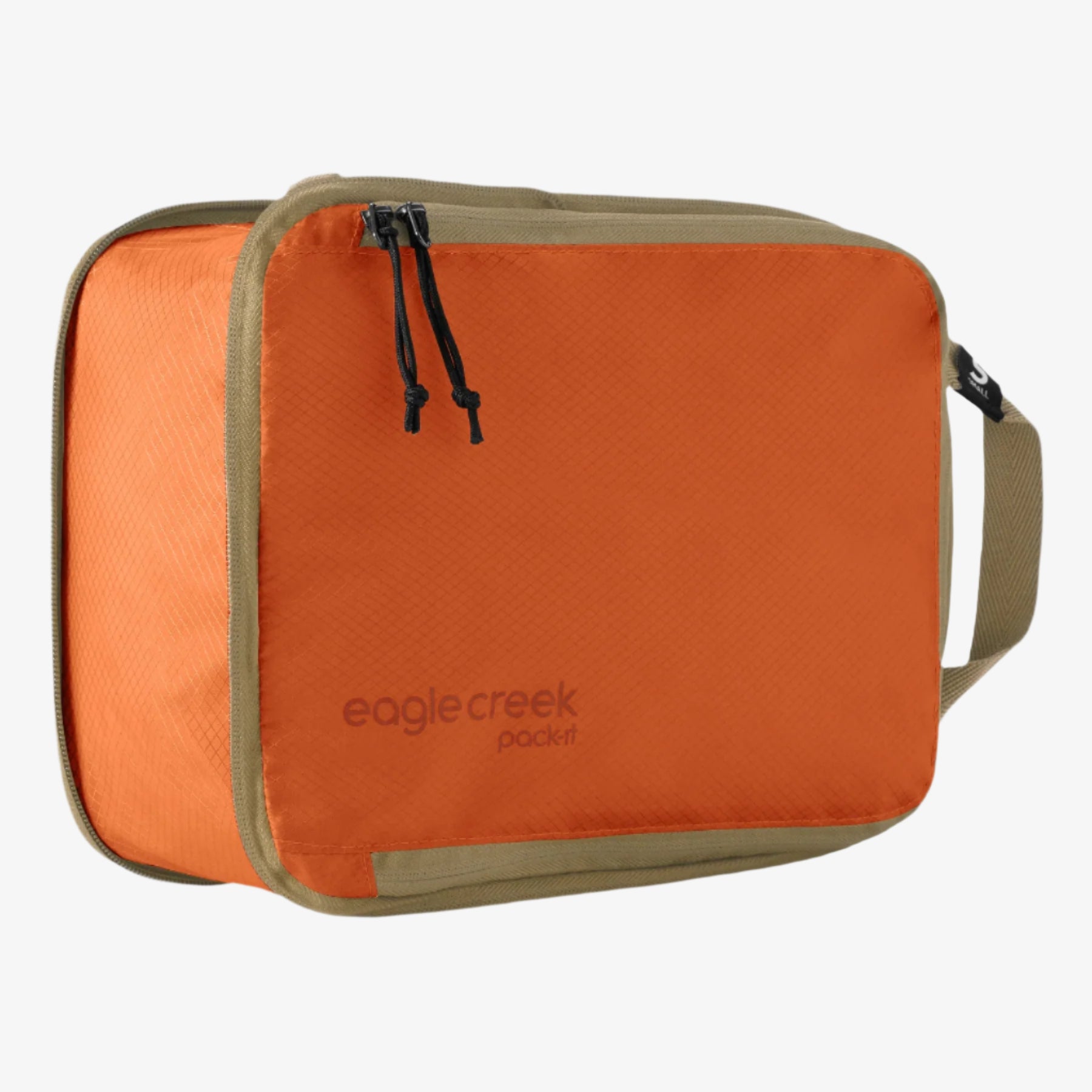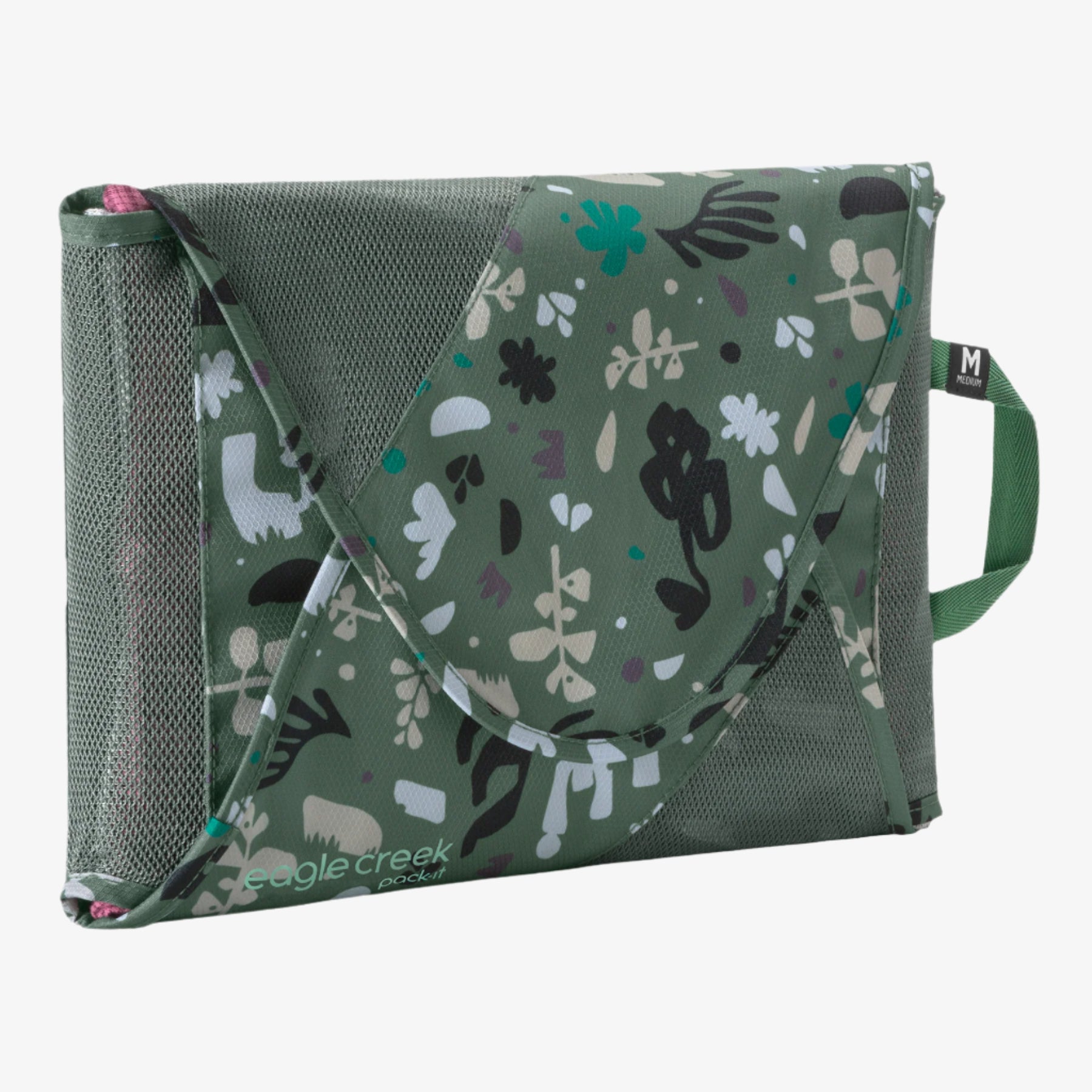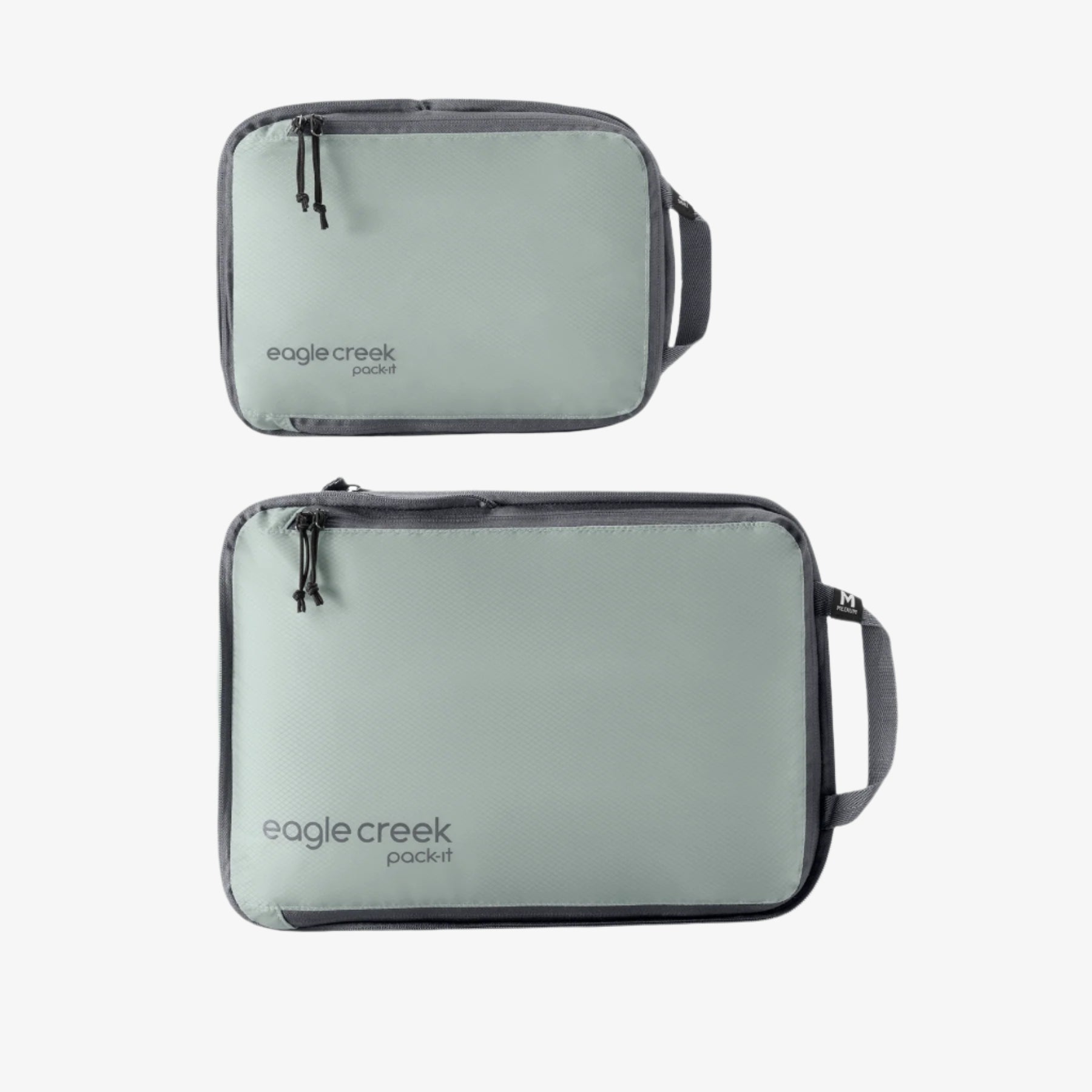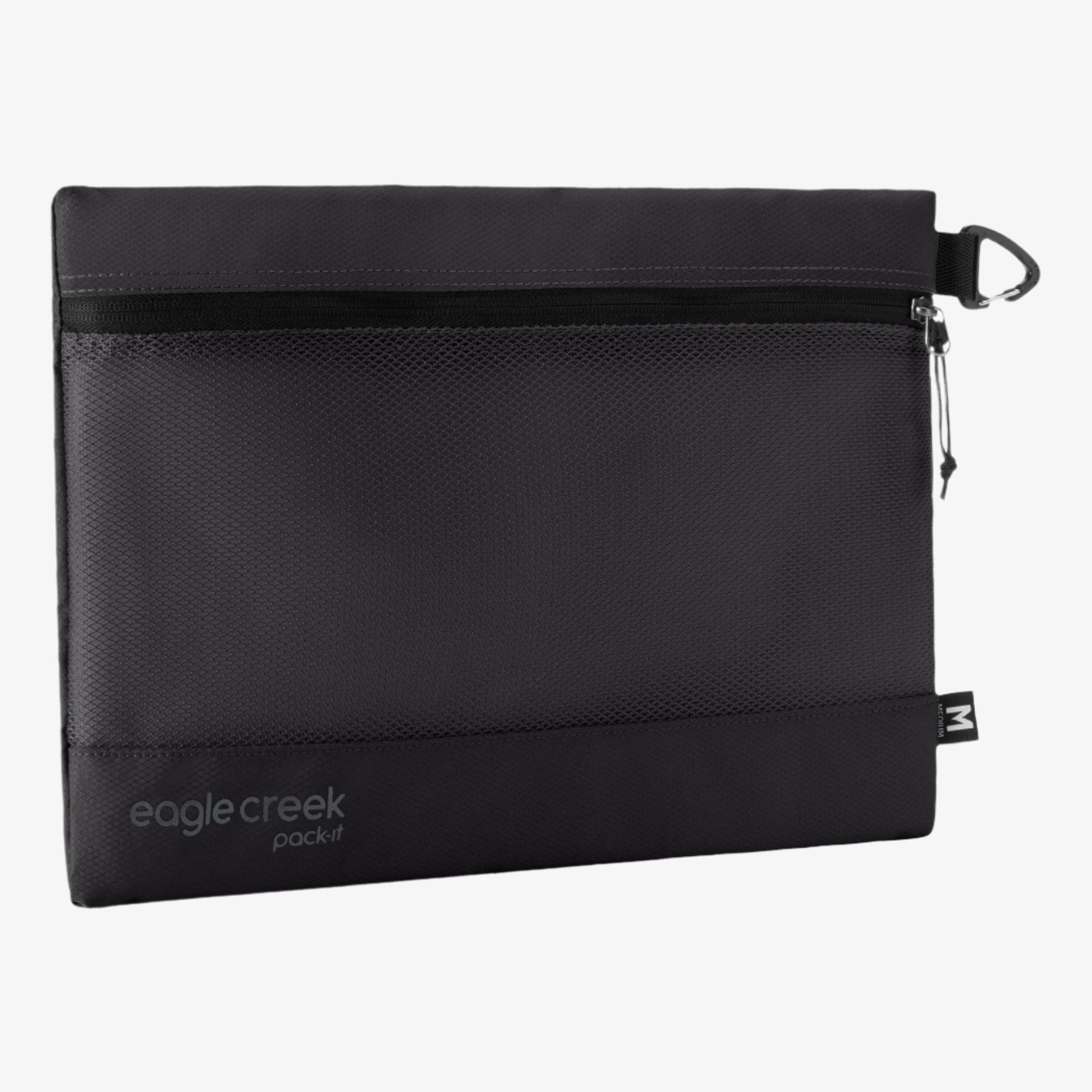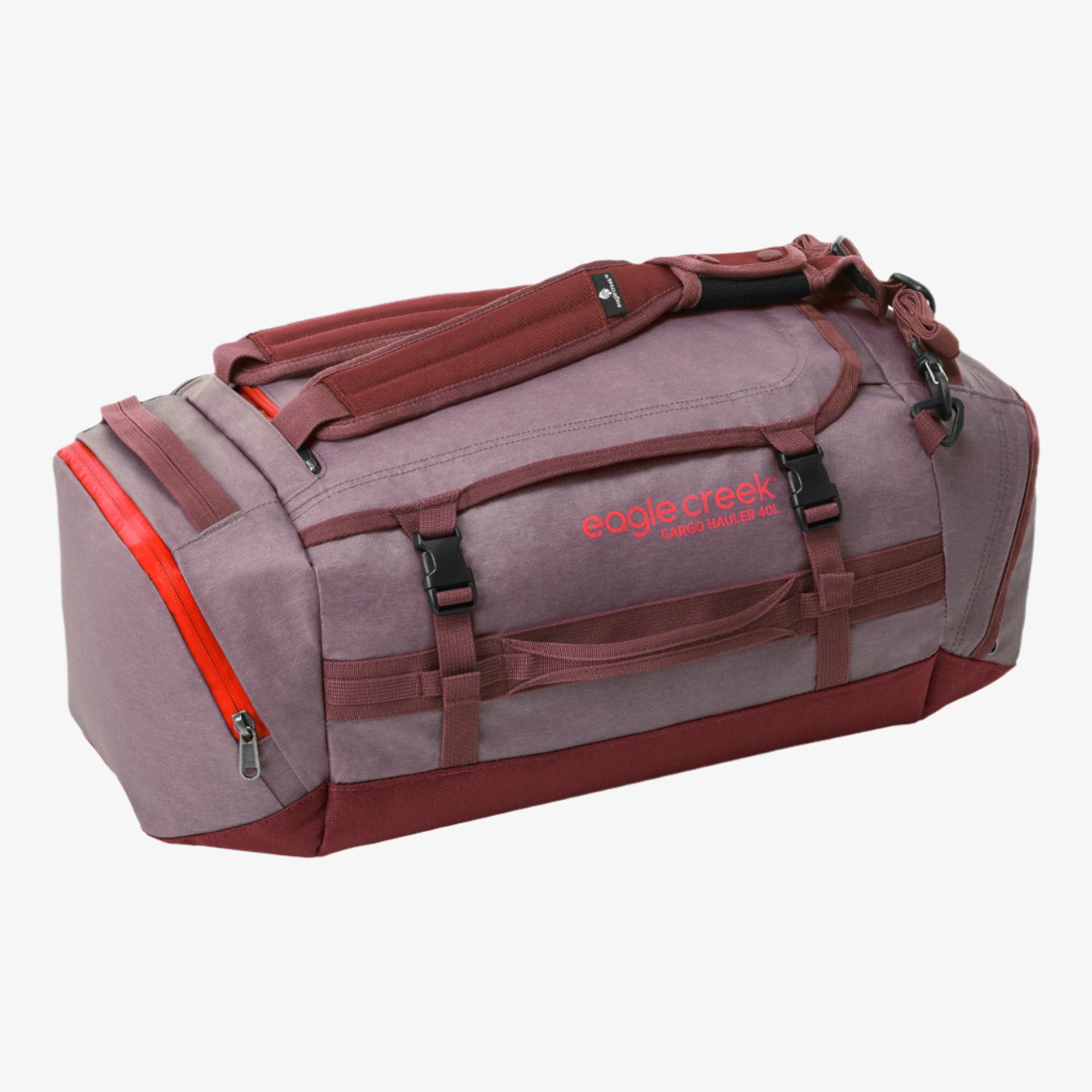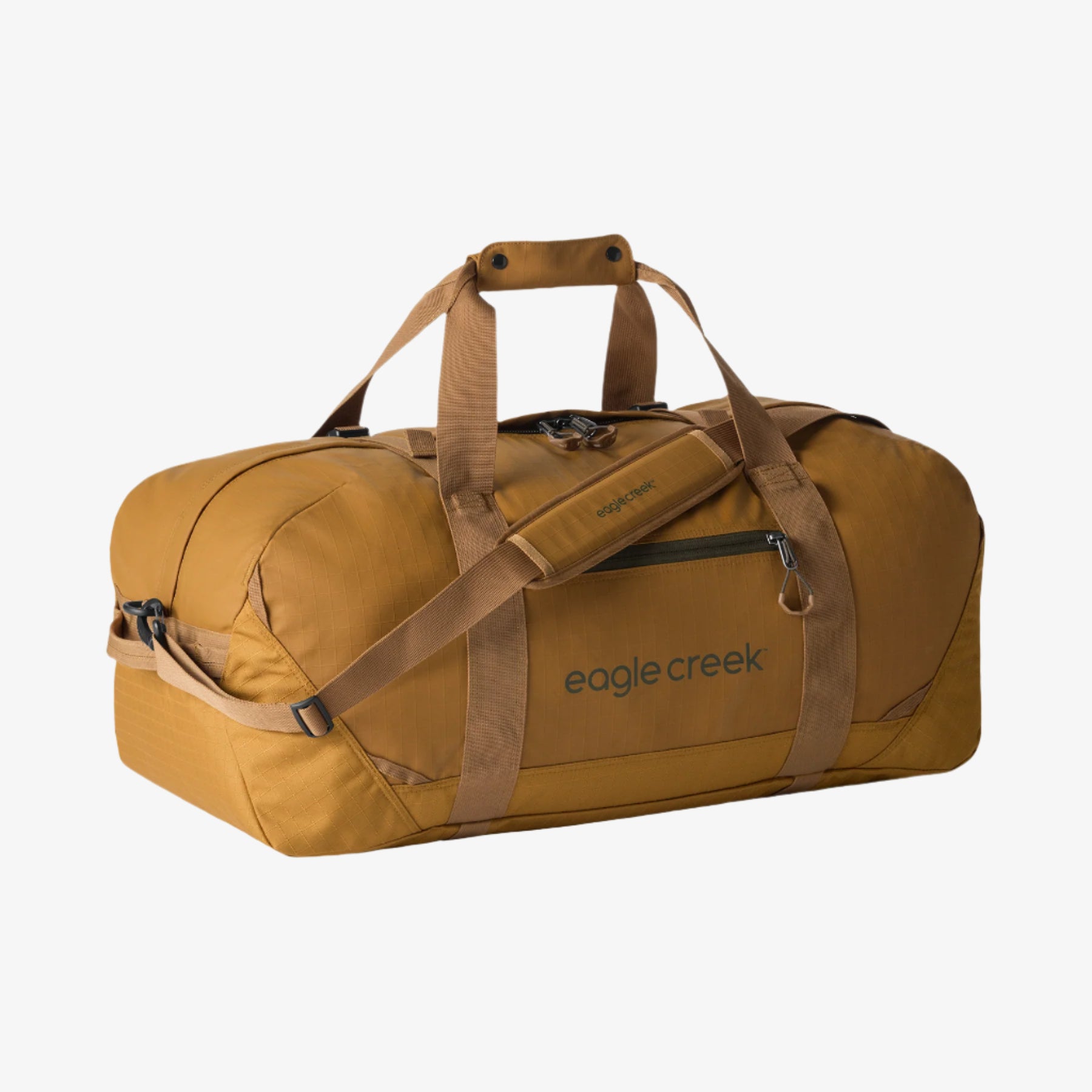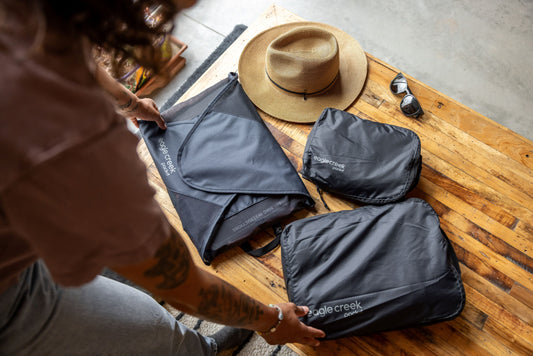
Do you want to be a more sustainable traveler? Discover our best tips for greener globetrotting and exactly how you can always travel a bit more sustainably no matter which type of trip you have planned.
Sustainable travel has been a hot topic over the past few years as more and more travelers and adventure-seekers want to find a way to help the planet and ensure that it will be ready for the next generation of travelers. While there are countless ways to be more eco-friendly, making your travel plans more sustainable can make a huge difference. Between focusing on recycling, purchasing only sustainable and well-made gear, cleaning up your campsite, and making smart choices, you can make a difference and travel more sustainably.
Even small changes made in the name of sustainability have a huge impact on our planet and the people in each destination you visit. By making a few mindful tweaks to your travel planning and on-the-road routine, you can help reduce your carbon footprint and preserve the planet for generations to come. Read on for green travel tips that every sustainable traveler should keep in mind.
1. Book Green Hotels
Start your sustainable travel plans by choosing “green” (or, at least, greener) accommodations. For those who value sustainability and environmental ethics, big chain hotels probably won’t cut it. But do your research, and you will find a wealth of eco-friendly options that minimize negative impacts to the surrounding land, while maximizing your customer experience. From sustainable wooden tree houses to big, flashy LEED-certified skyscrapers, the options for creative and green lodging are plentiful, and you’ll almost certainly find one in your travel destination as this is a movement that’s well underway these days.
2. Use SustainableForms of Transportation
Whenever possible, opt for more sustainable ways of getting where you need to go. If you can walk or bike somewhere instead of renting a car, do it! Not only will you do your part to reduce harmful emissions, but you’ll also get some exercise while you’re at it (plus, what a way to see the sights in a new place)! If you’re going a longer distance, electric trains or biodiesel busses are fantastic ways to get around when they are available options.
3. Buy Local
One of the easiest ways to reduce your carbon footprint is to buy less stuff, especially when you are preparing for a trip. When traveling, it can be tempting to buy as many souvenirs as possible. However, take a moment to think about the sustainability of your purchases—is it full of artificial materials, will you use it when you return home?
One great option is purchasing in-season foods and locally made souvenirs—both are positive ways to support local economies, but the benefits don’t stop there. You’ll also help conserve resources by not consuming goods that had to be transported in from hundreds or even thousands of miles away at great expense. While you’re shopping, also be sure to avoid buying goods that come partially or entirely from endangered species.
Bottom line: Think carefully about what you purchase and try to buy from local merchants, or just take great travel photos to remember the trip! It’s not only more authentic but more sustainable!
4. Pack the Right Gear (And Not Too Much!)
If you’re already thinking about sustainable travel, then you should absolutely be traveling with sustainable gear as well. All Eagle Creek packaging is free of plastic, and products, such as the Gear Warrior Collection and Migrate Duffels are made of sustainable and recycled materials. When planning trips, it is important to make sure you have the right gear—even if it is not already recycled, try to use it as long as possible and find ways to reuse things any way you can.
Once you have the right bag, staying organized is surprisingly critical to being a sustainable traveler. When packing up your gear, use packing cubes and reusable bags to keep clean and dirty items separate and save space. Using cubes, such as PVC-free Pack-It Specter sets, can also cut down on your use of plastic bags, providing a sustainable alternative.
When thinking about your upcoming travels, make sure that your choices not only make sense for your needs, but the needs of the planet! Put sustainability first, because ensuring that our public lands and parks are beautiful and accessible for generations to come should be at the top of your list this year!
5. Go Green While You’re Gone
Part of being a green traveler is making sure that you conserve resources at home while you are away. Before you leave, be sure to unplug unnecessary appliances like your TV, desktop computer, microwave, kitchen appliances, and other electronics. These can still draw energy while plugged in, even if they’re turned off. Set your hot water heater and thermostat to a low temperature in the winter, and a higher temperature in the summer. If you get any regular deliveries, like magazines or newspapers, be sure to have the subscriptions suspended while you’re gone.
6. Stay Green While You’re There
If your hotel participates in any sort of environmental program, join in during your stay. Recycle when you can, and avoid ordering room service—the disposable containers produce lots of waste. Watch your use of water, especially in places where it is a scarce resource. If you’re in a warm climate, help reduce the need for air conditioning by closing the drapes during the day.
7. Respect the Sights (Leave No Trace)
One of the great joys of travel is seeing places you’ve only previously glimpsed in magazines. Whether you’re trekking through the rainforest, climbing a mountain, or traipsing through the ruins of a great, long-gone civilization, be sure to do your part to maintain the beauty for future visitors.
Avoid stepping on fragile landscapes, like wetlands or the tundra. If you happen to be camping, be sure to utilize best practices in “leaving no trace,” and use designated campsites if they exist. On a guided tour? Make sure that you stay on the assigned path, following any directions or signs you encounter. If you’re camping or just heading out for a quick hike, it’s important to make sure that you leave nature better than you found it.
Take your sustainable travels to the next level by cleaning up any trash or debris (this helps to keep wildlife away as well!) and keep your space as clear as possible. If you see any trash left on your travels, take the time to pick it up and keep the Earth ready for the next traveler! And rather than take things like seashells or flowers from your environment, just take pictures. Remember: Leave no trace.
No matter what your destination, always be on the lookout for things you can do—large or small—to help reduce your footprint and increase sustainability. What will you do to become a more sustainable traveler?
Related Links (from Eagle Creek blog):
How to Help the Earth While Traveling
